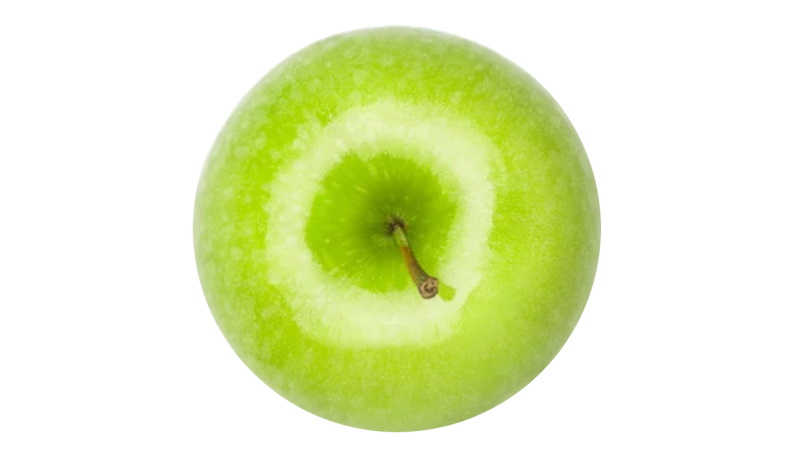Opinion: You Are What You Eat

Mainstream media knows what it takes to hold an audience: fear. The networks have the metrics to prove it. Even when there might not be a disaster-related breaking story to tout, there’s always something else in the hopper to try and spin. As savvy consumers of this constant media blitz, you’d think we’d be able to better decipher true news vs. the manufactured variety. That’s why it surprises me when everyone gets worked up into a lather over the annual [insert drumroll …] “Dirty Dozen.”
For the last eight years, the Environmental Working Group (EWG), a non-profit consumer protection organization, has published its annual “Shoppers Guide To Pesticides In Produce.” As the name implies, it tallies and lists in order produce most commonly carrying higher pesticide loads. According to the EWG, it compiles its findings based on scrutinized observations of pesticide testing data conducted by USDA and FDA scientists. The blacklisted are labeled as foods to avoid. The other suggested option is to buy the organic version of said vile veggie or foul fruit.
Interestingly enough, the same group publishes what it calls the “Clean 15” list of foods least likely to be contaminated. Though not much — if any — love is given to it among the other headlines. No surprise here.
Running Scared
As the yearly dropping of the “Dirty Dozen” goes, so do the rebuttals from produce industry advocate groups. The Alliance for Food and Farming was the first to strike back this go ’round. The Alliance claims the “Dirty Dozen” negatively affects the consumption of healthy foods and undermines healthy eating initiatives like the First Lady’s “Let’s Move” campaign. It’s staking its claims on results of a recent consumer survey and accompanying analysis by a panel of scientists and food nutrition experts. All which it presents in a paper titled “Scared Fat: Are Consumers Being Scared Away from Healthy Foods?” The short answer to that loaded question is ‘probably.’ Among the most noteworthy data presented by the Alliance is almost 10% of low-income consumers stated they would reduce consumption of fruits and vegetables after hearing “Dirty Dozen” list messaging taken directly from EWG statements.
A news item posted on GrowingProduce.com, and a thread started on ProduceCommunity.com vetting this topic, generated a smorgasbord of reader feedback with split opinions. What to believe? This is no less a food safety crisis as it is a miscommunication massacre.
Forkful Of Facts
As industry insiders, you know more about what goes into and onto our food. Transparency begets trust. This requires more producers to be open to all types of media about how farming (conventional and organic) really works. People are listening. The grower’s point of view needs to have a stronger presence in grocery store aisles to help shoppers trust their gut and remember to be careful what the media is feeding them. It’s easy to get filled up on BS.









